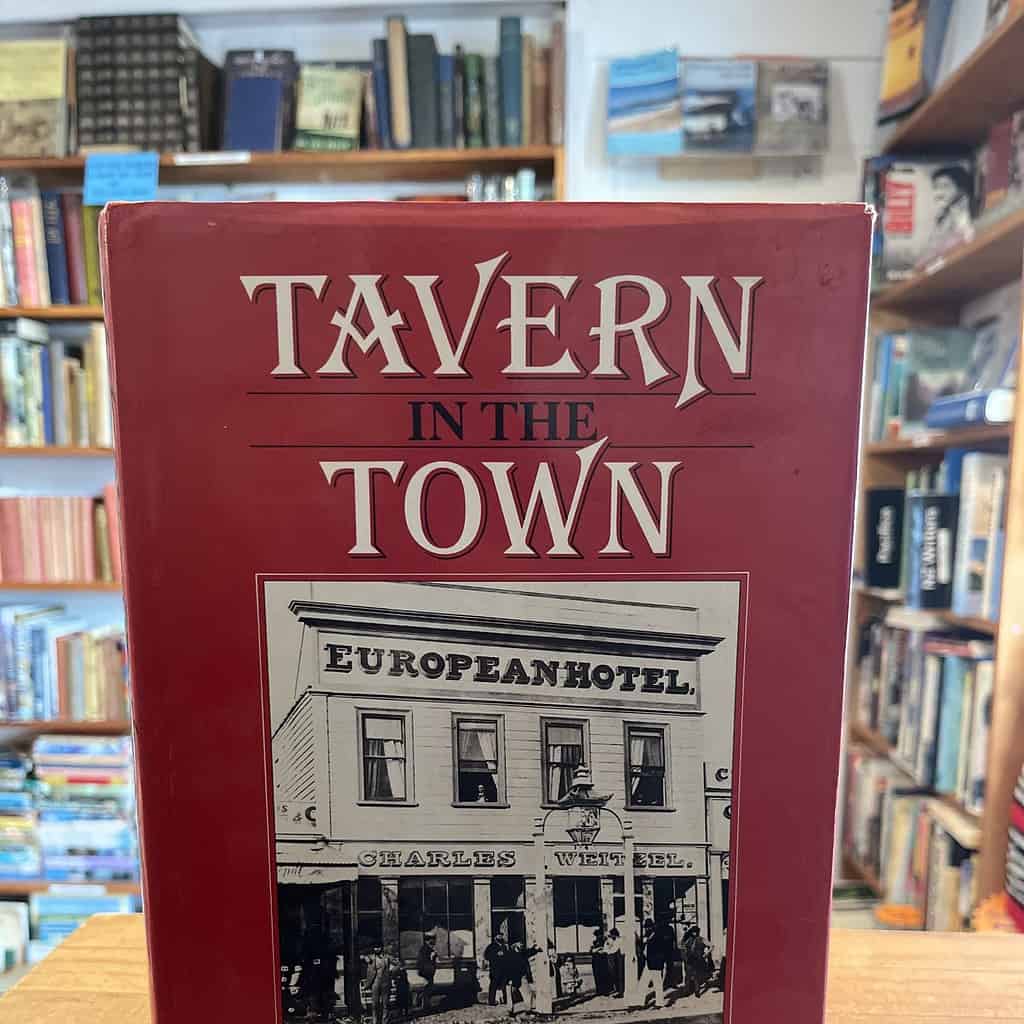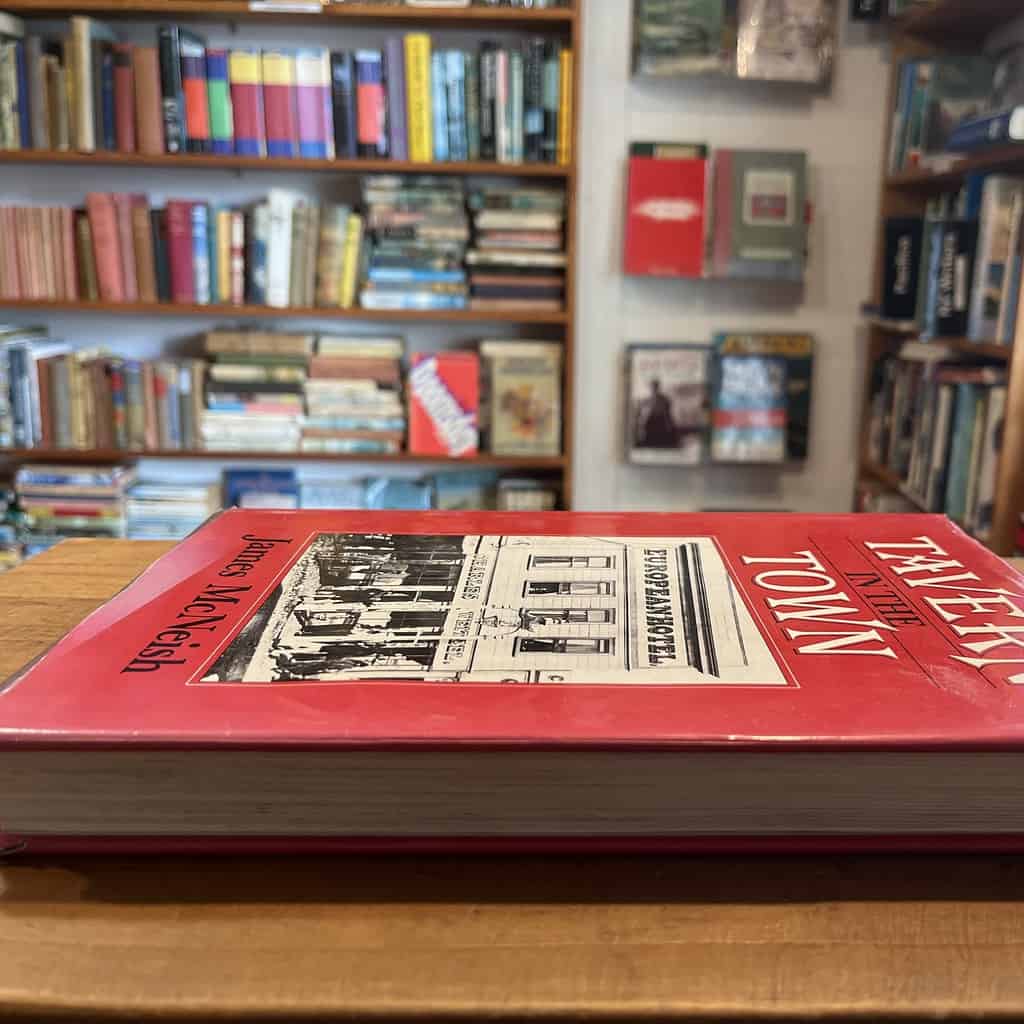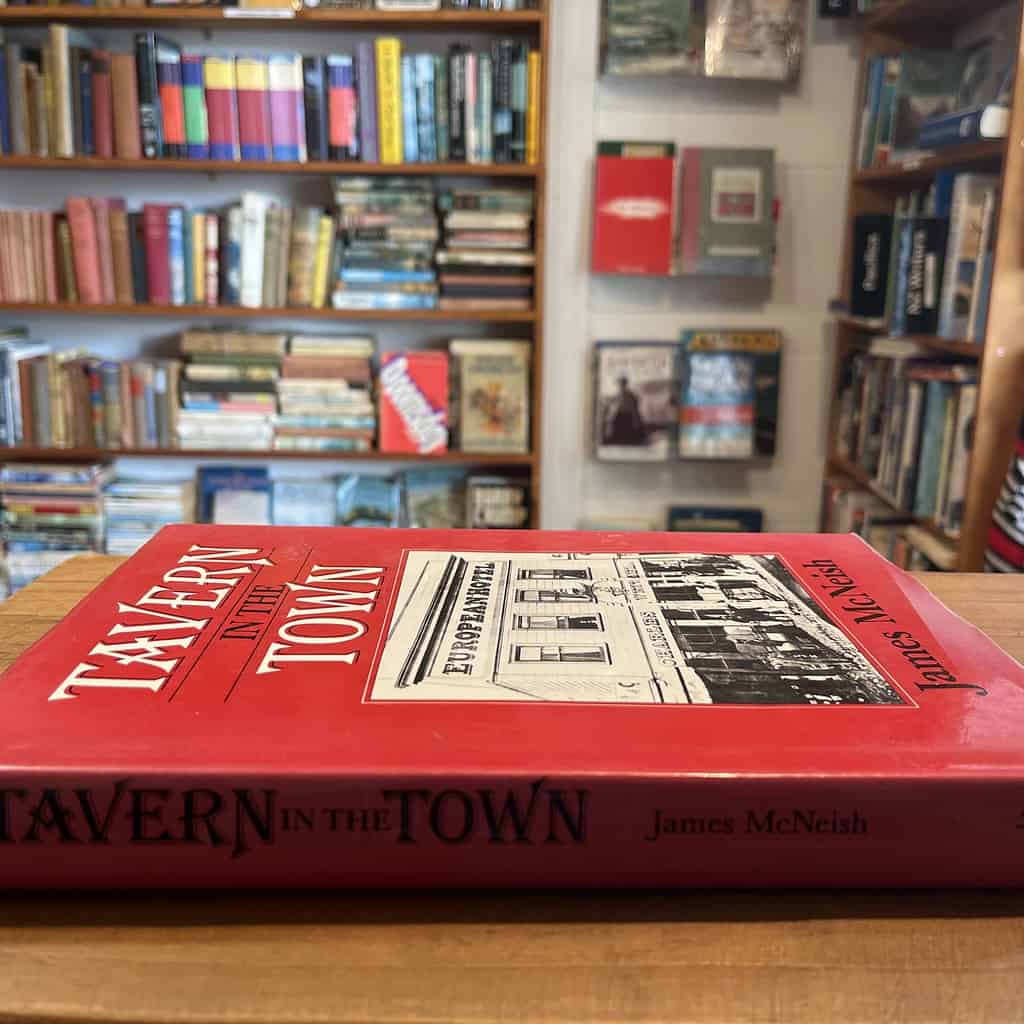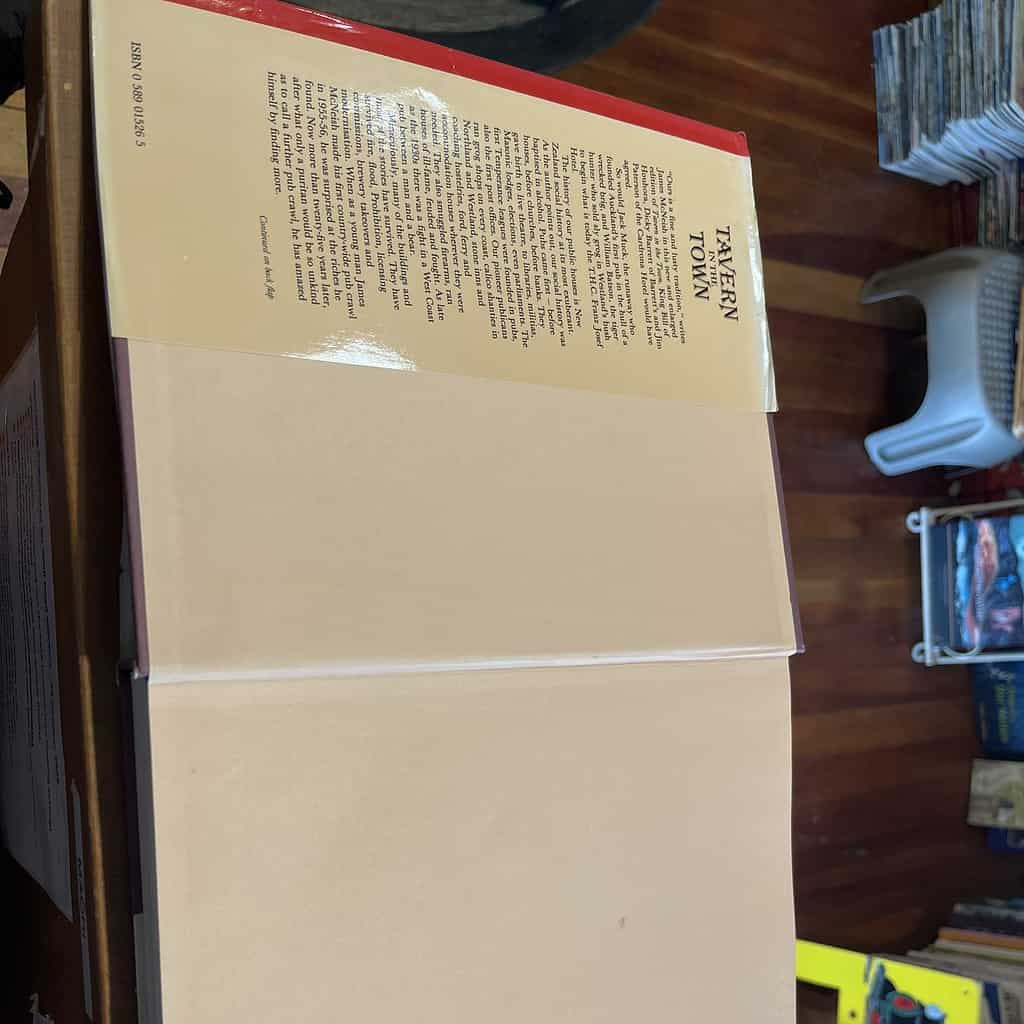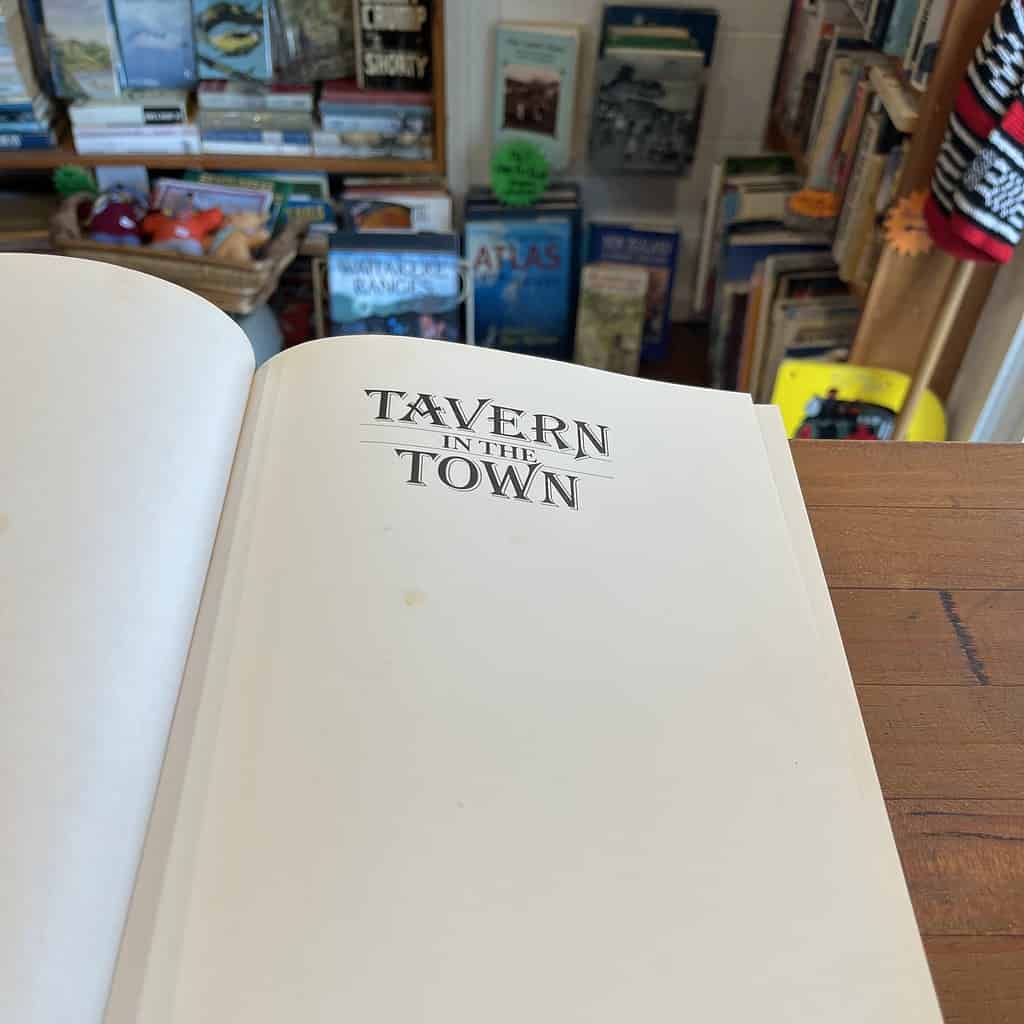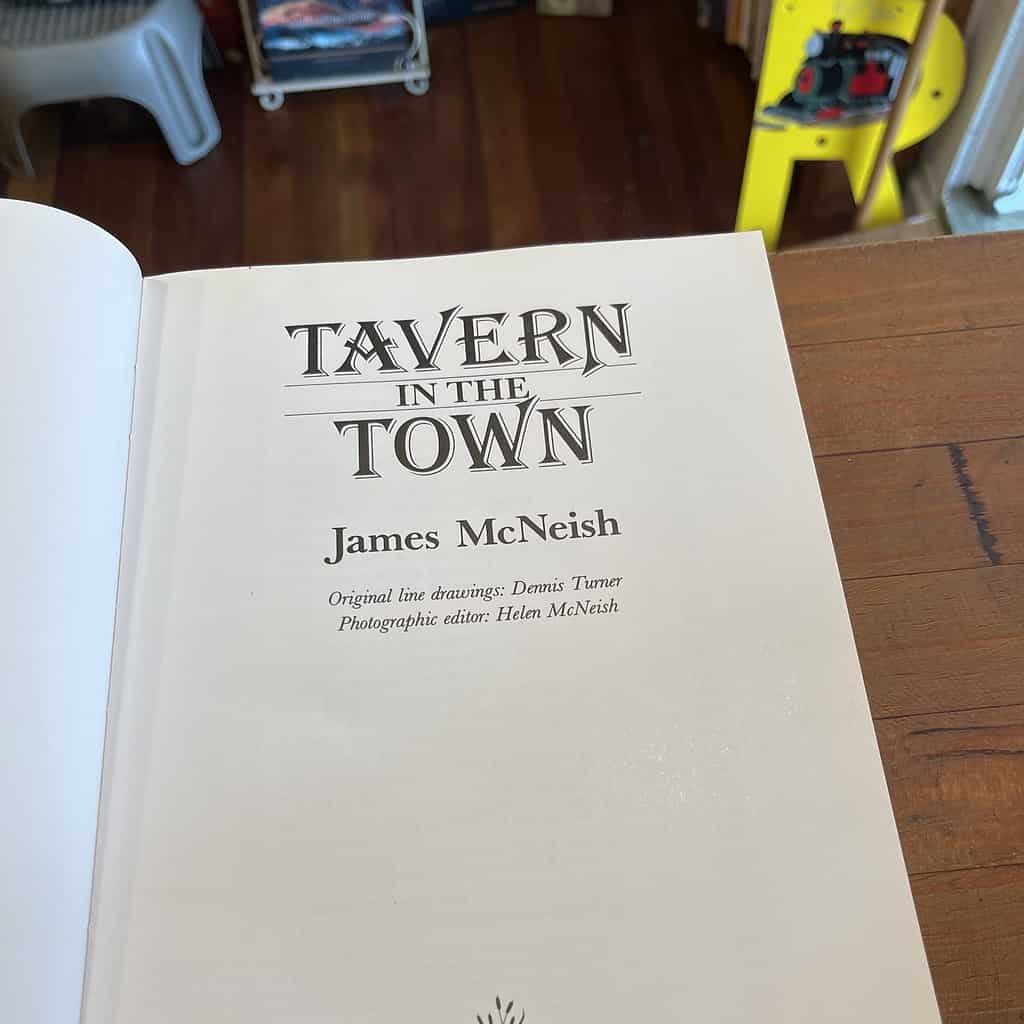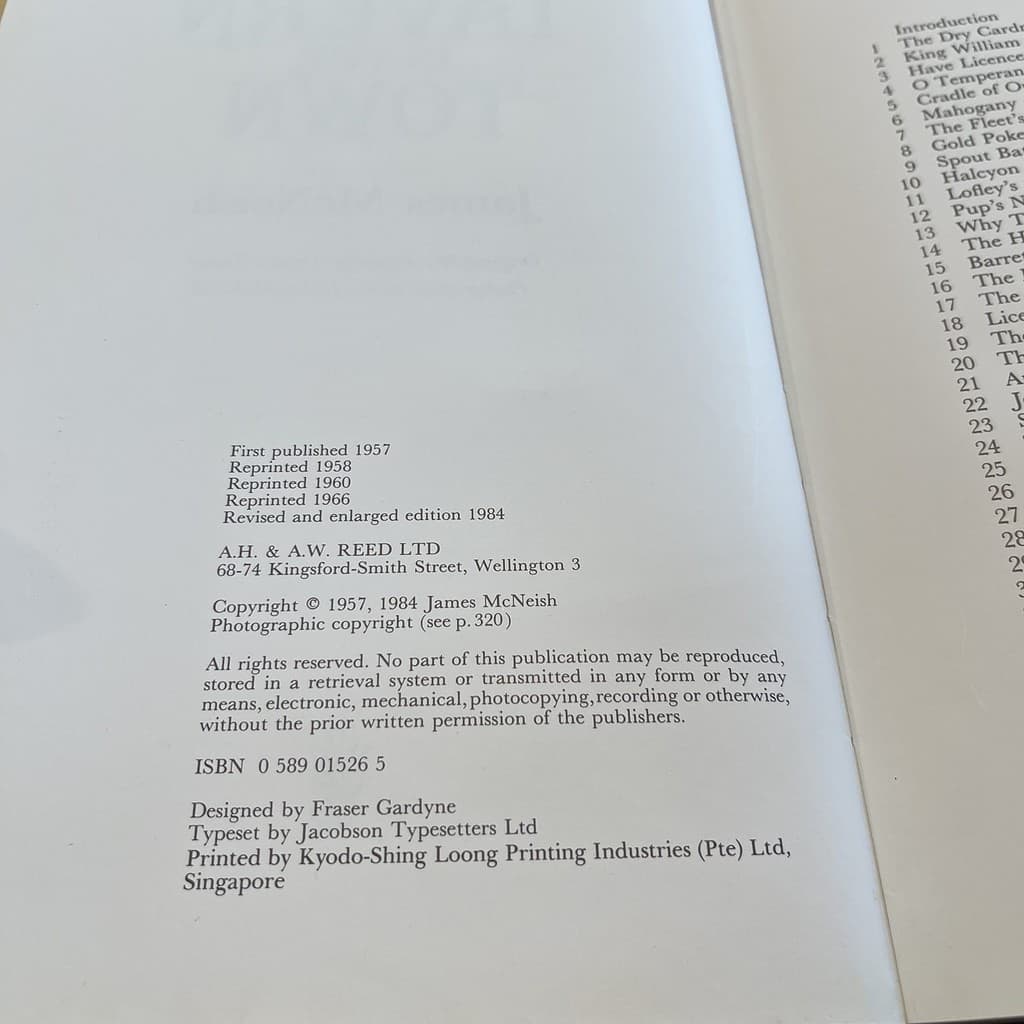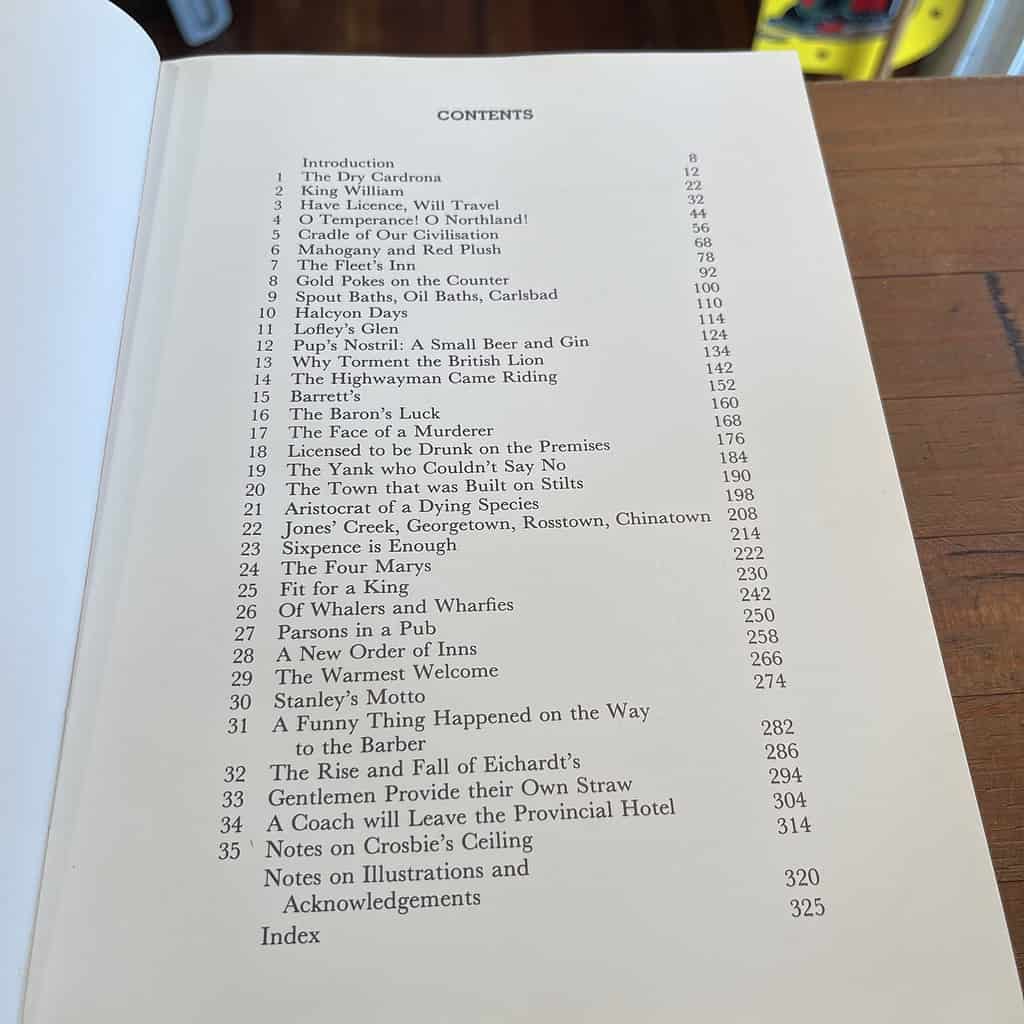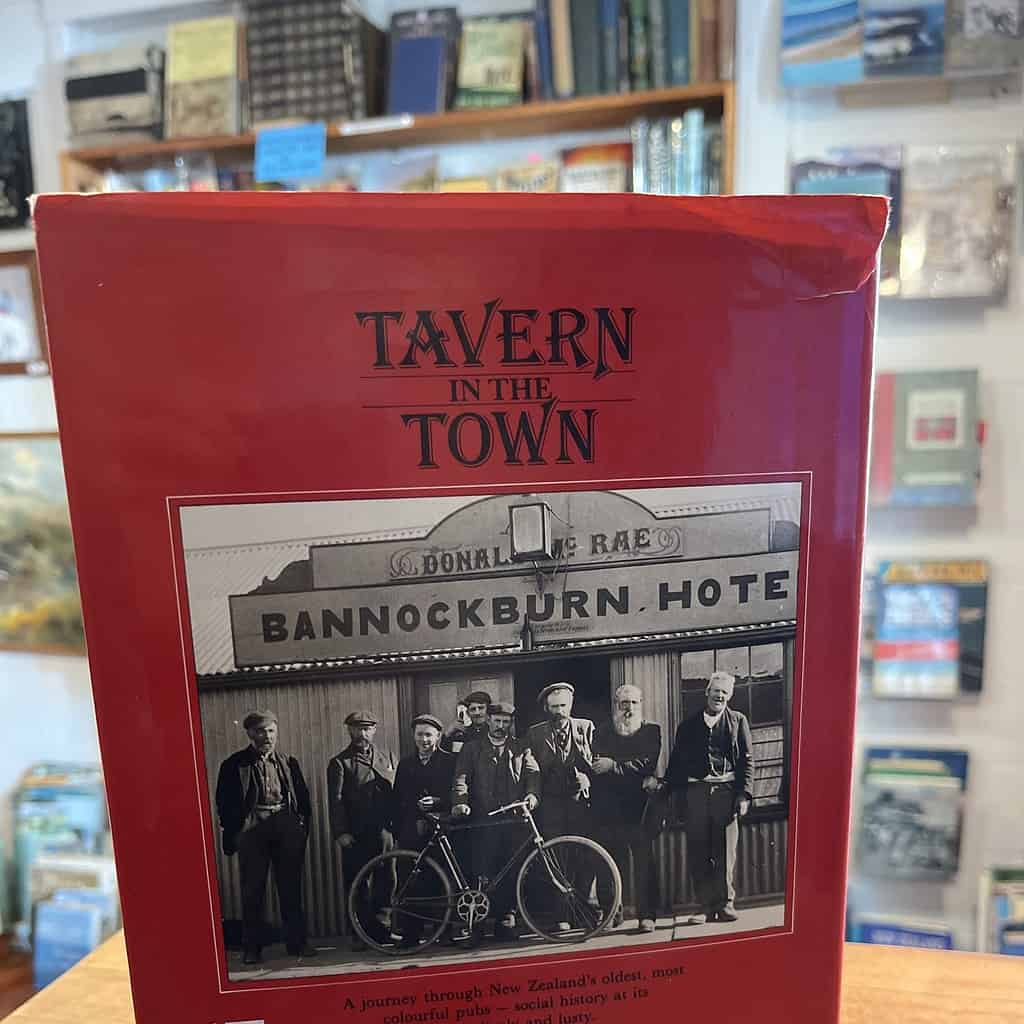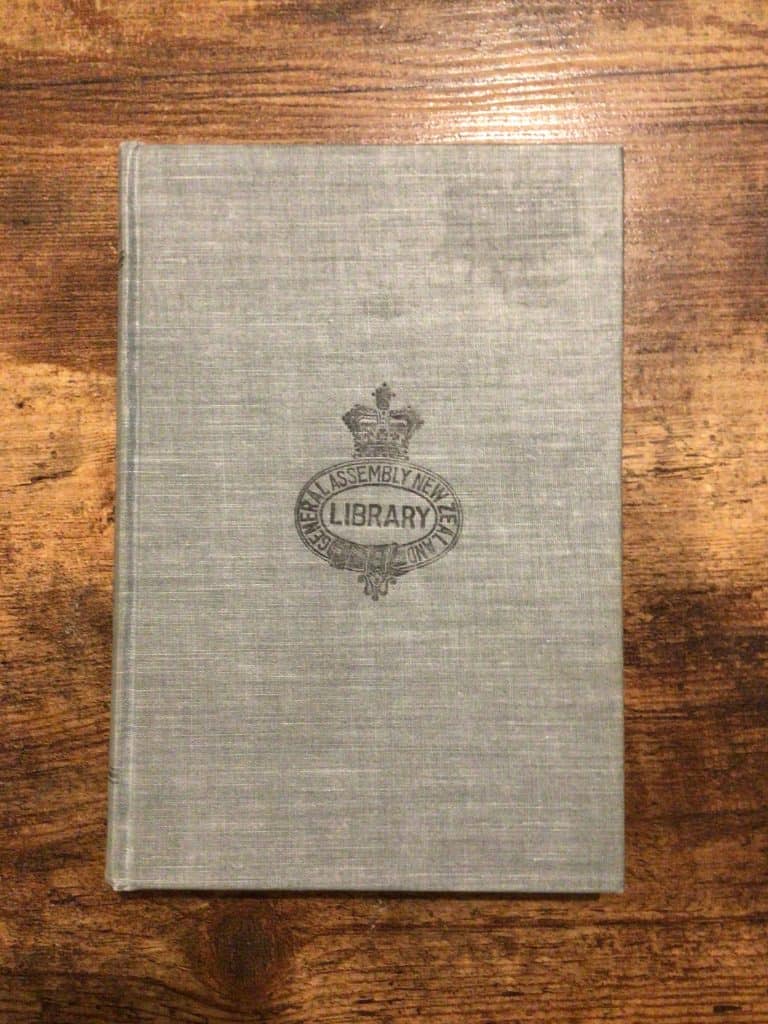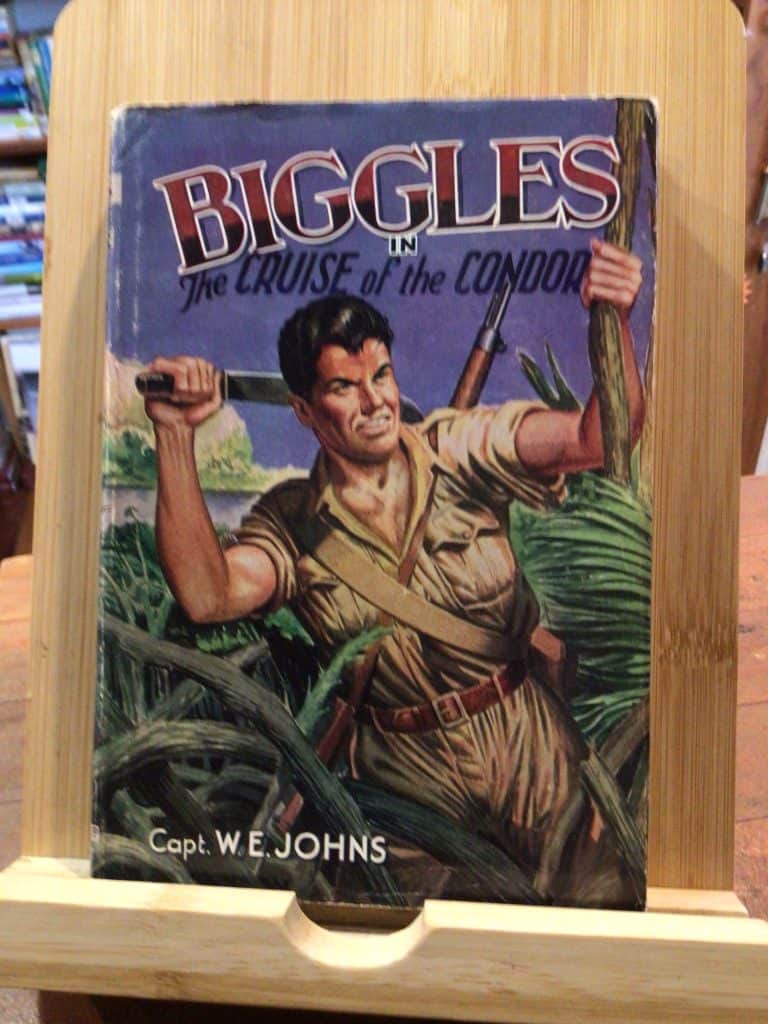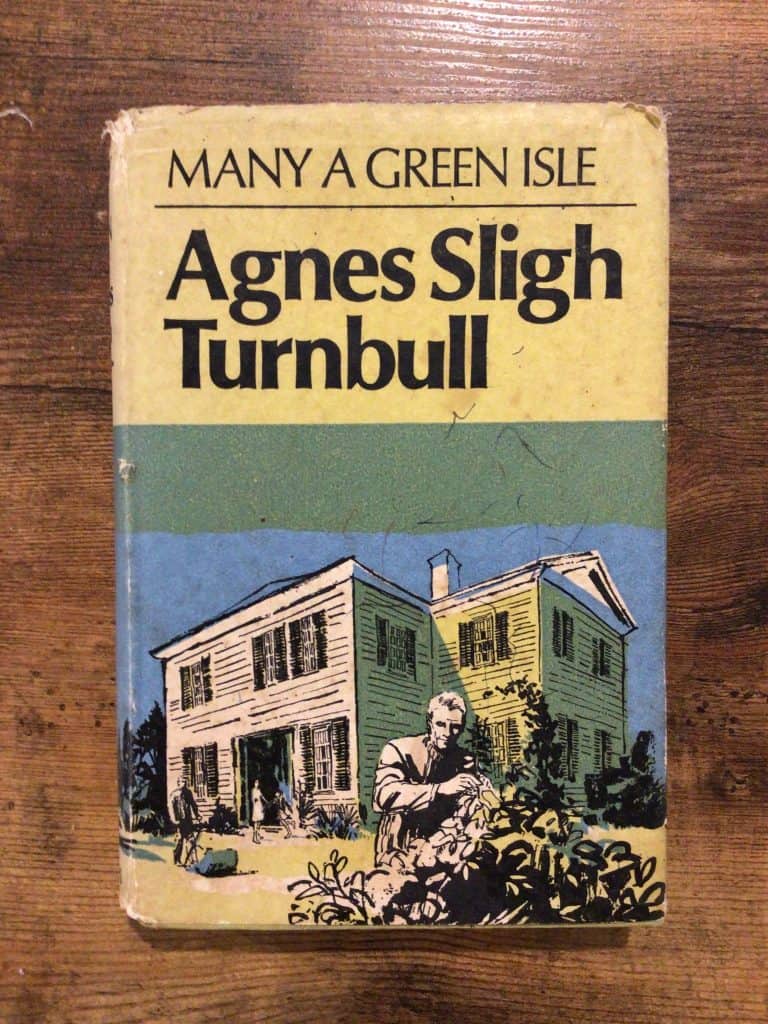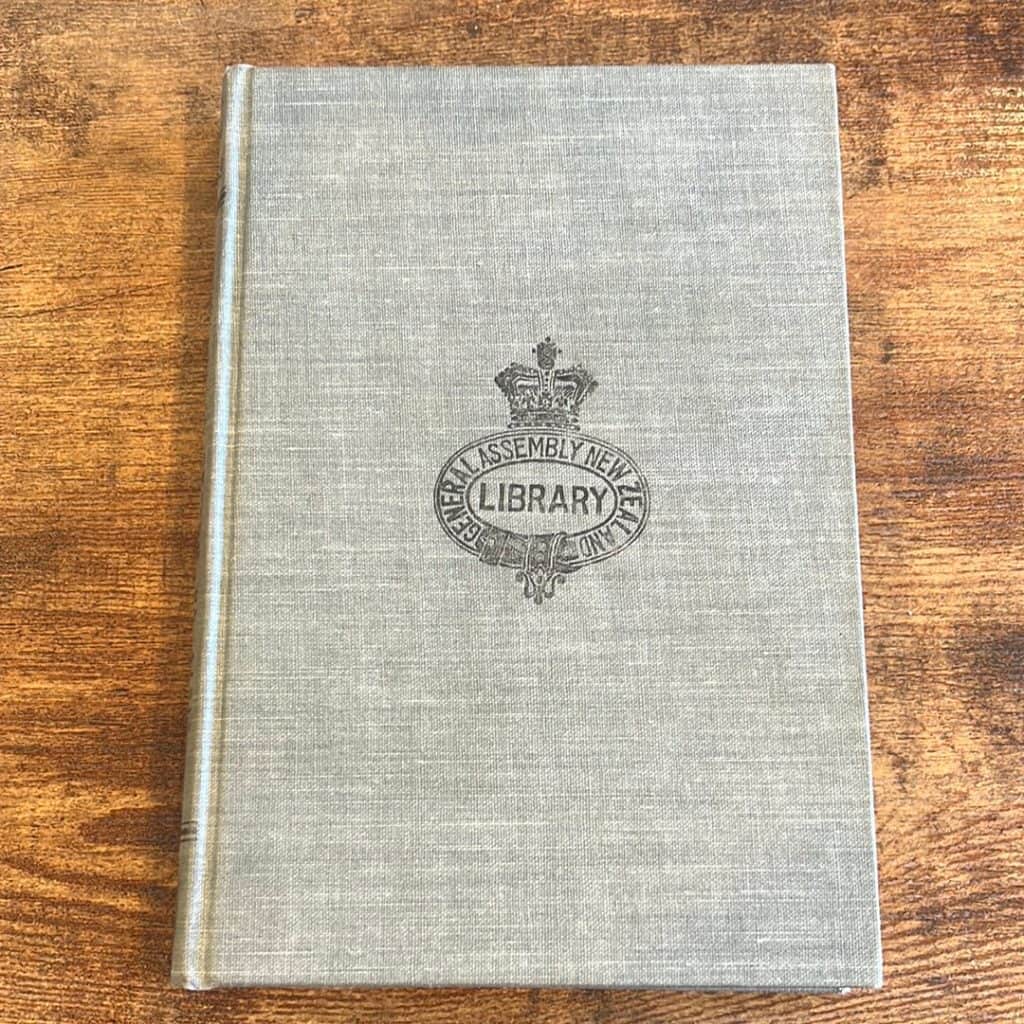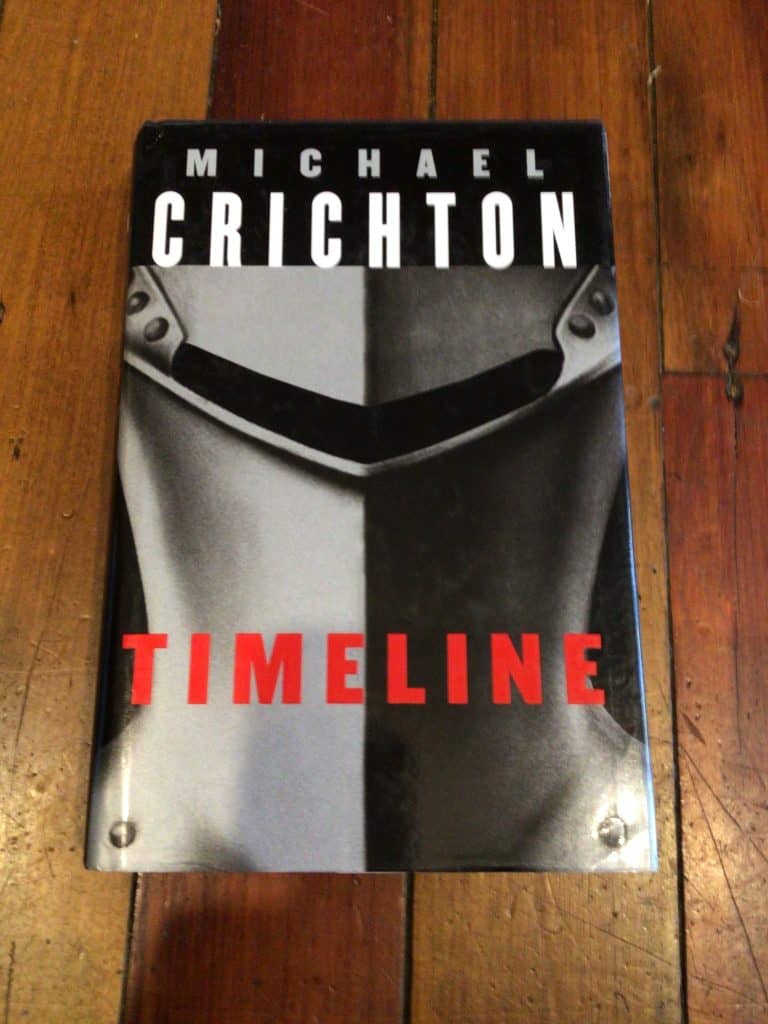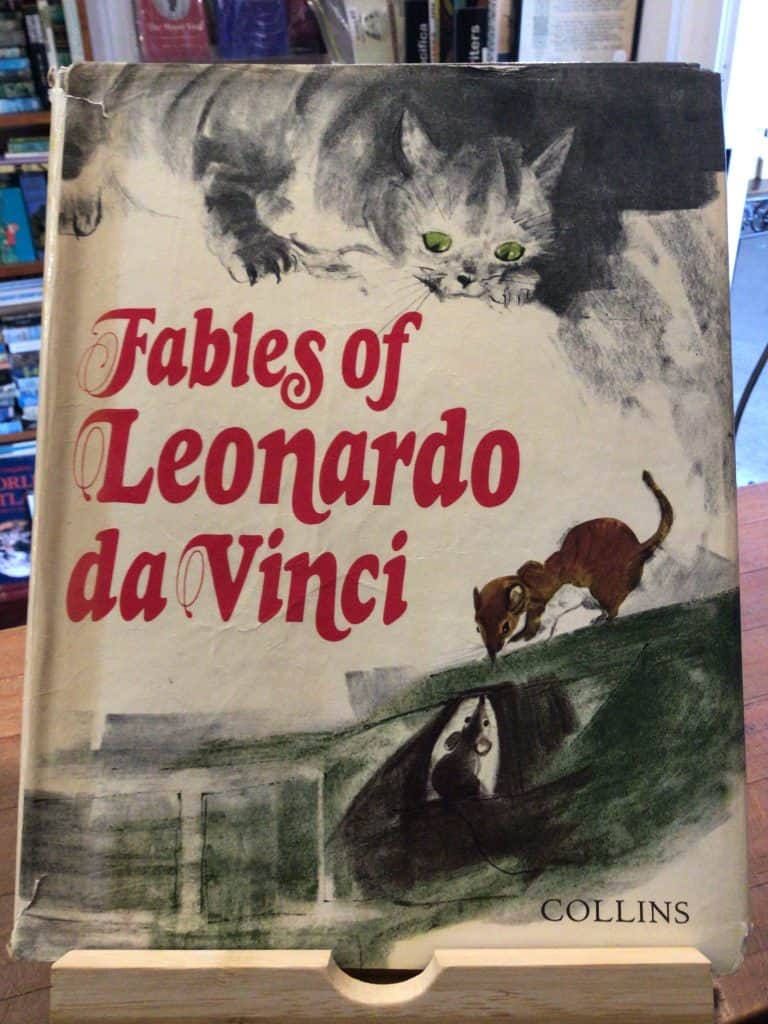Good secondhand condition. Some ware to dust cover edges. Published by A.H. & A.W. Reed Ltd., 1984 Revised Enlarged edition.
“Ours is a fine and lusty tradition,” writes James McNiesh in this new and enlarged edition of TAVERN IN THE TOWN. King Bill of Houhora, Dicky Barrett of Barrett’s and Jim Paterson of the Cardrona Hotel would have agreed.
So would Jack Muck, the runaway who founded Auckland’s first pub in the hull of a wrecked brig, and William Batson, the tiger hunter who sold sly grog in Westland’s bush to begin what is today the T.H.C. Franz Josef Hotel.
The history of our public houses is New Zealand social history at its most exuberant. As the author points out, our social history was baptised in alcohol. Pubs came first – before houses, before churches, before banks. They gave birth to live theatre, to libraries, militias, Masonic lodges, elections, even parliaments. The first Temperance Leagues were founded in pubs, also the first post offices. Our pioneer publicans ran grog shops on every coast, calico shanties in Northland and Westland, stone inns and coaching hostelries, ford, ferry and accommodation houses wherever they were needed. They also smuggled firearms, ran houses of ill fame, feuded and fought. As late as the 1930s there was a fight in a West Coast pub between a man and a bear.
Miraculously, many of the buildings and most of the stories have survived. They have survived fire, flood, Prohibition, licencing commissions, brewery takeovers and modernisation. When as a young man James McNeish made his first country-wide pub crawl in 1955-56, he was surprised at the riches he found. Now more than twenty-five years later, after what only a puritan would be so unkind as to call a further pub crawl, he has amazed himself by finding more.
The author has revised his original edition and brought it up to date. He has also discovered some remarkable new material. How could he have overlooked the Sixpenny Strike? The fifty-year drought? The Horeke execution? This new edition of TAVERN IN THE TOWN, contains seven new chapters and an outstanding collection of old photographs, many of them previously unpublished.

